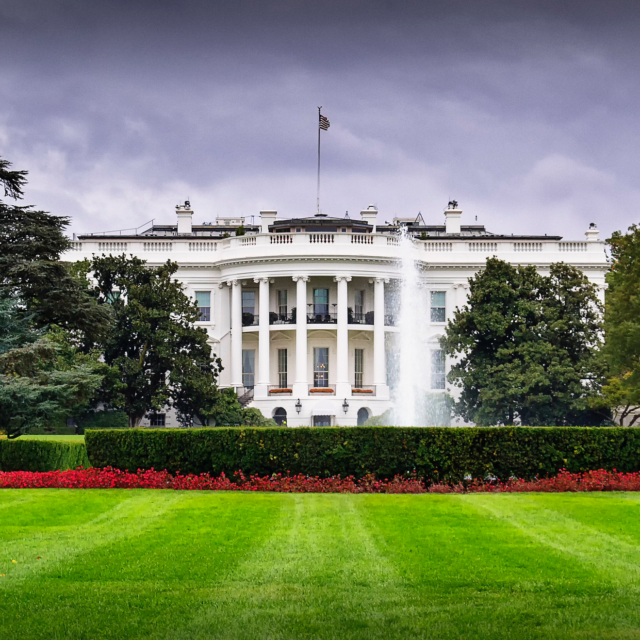When the White House Office of Management and Budget released an outline of President Trump’s budget request for 2018, it proposed a cut of more than one-third to the budgets of the State Department and USAID. There’s been a lot of talk from elected officials, military officials, and faith leaders about why that’s not a good idea. But what exactly is foreign aid? There are a lot of misconceptions swirling around, so we decided to put together some noteworthy facts about foreign aid.
1. Foreign aid has existed since World War I…
Before it was officially included in the budget, the United States gave “foreign aid” to countries affected by World War I. One of the first instances of formal aid given was through the Committee for Relief in Belgium (CRB), in which the United States, France, and Great Britain sent funding to the CRB to provide food for the hungry in Belgium. Much of this aid was given as loans, although most of the loans were later forgiven.
2. …but USAID came later
It wasn’t until 1961 that the United States Congress passed the Foreign Assistance Act. This act separated foreign aid into two distinct categories: military and nonmilitary spending. The act also called for the creation of an agency to oversee economic assistance programs, and so the United States Agency for International Development (USAID) was established by President John F. Kennedy two months later. You may recognize USAID as the agency that distributes funds to countries for disaster relief, poverty relief, and other development assistance programs.

USAID provides Ugandan students with backpacks and other educational materials. (Photo credit: USAID)
3. Less than 1 percent of the US budget is spent on foreign assistance
There is a common misconception that the United States spends a large chunk of its annual budget on foreign assistance programs. The Kaiser Family Foundation conducted a survey in 2015 asking Americans how much of the budget they thought was allocated to foreign aid—the average answer was 26 percent! But in reality, foreign aid accounts for only a tiny fraction of the U.S. budget. Currently, this account is set to be funded at $58.8 billion for this year. That seems like a lot until you consider that the total budget is nearly $4.5 trillion! All in all, the request for foreign aid is actually less than 1 percent of the overall budget.
4. A lot of foreign assistance funding goes toward peace and security programs
Since the foreign assistance budget is split into nearly two dozen categories (with even more subcategories within each one), it can get pretty confusing to try and see where the dollars actually go.
Foreign Assistance funding is split into nine categories: Democracy, Human Rights, and Governance; Peace and Security; Health; Economic Development; Humanitarian Assistance, Education and Social Services, Mulit-sector programing; and Program Management. Health, Peace and Security, and Humanitarian Assistance receive the largest amounts of funding. Go here to learn more about how U.S. foreign assistance dollars are spent.

Jane Akinyi is an HIV-positive entrepreneur who lives and works in Nairobi, Kenya. Jane was linked to HIV treatment services as well as income-generating skills by HEART, an organization supported by USAID. (Photo credit: Michael Gebremedhin/USAID)
5. African countries are NOT the biggest recipients of U.S. foreign assistance
Egypt is the only country on the African continent that makes it into the top five of recipient nations of U.S. foreign assistance. In fact, the entire continent of Africa accounts for only 20% of all U.S. foreign aid. For the past few years, the top recipients of U.S. foreign aid have been Israel, Egypt, Afghanistan, Pakistan, Iraq, and Jordan.
6. Support for foreign aid is bipartisan
Policymakers from both sides of the aisle agree that foreign aid is an integral part of the U.S. budget. Just last week, Senator Marco Rubio (R-FL) gave an impassioned speech on the Senate floor about the importance of keeping foreign aid. Other prominent Republicans like Mitt Romney, Senator John McCain, and Senator Lindsey Graham have all touted the value of U.S. foreign aid.



